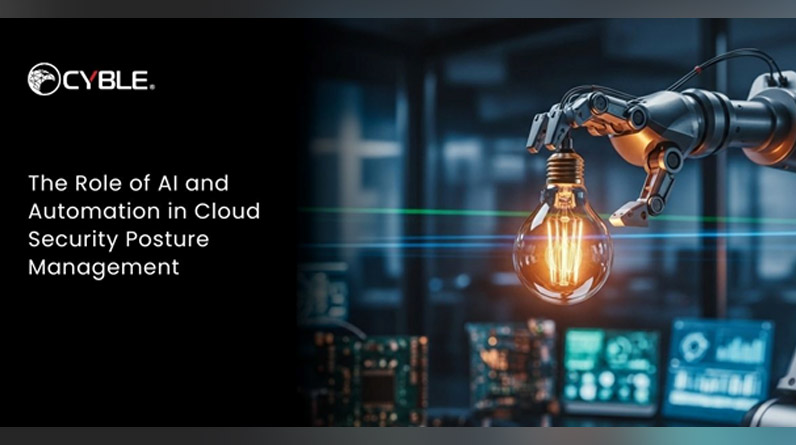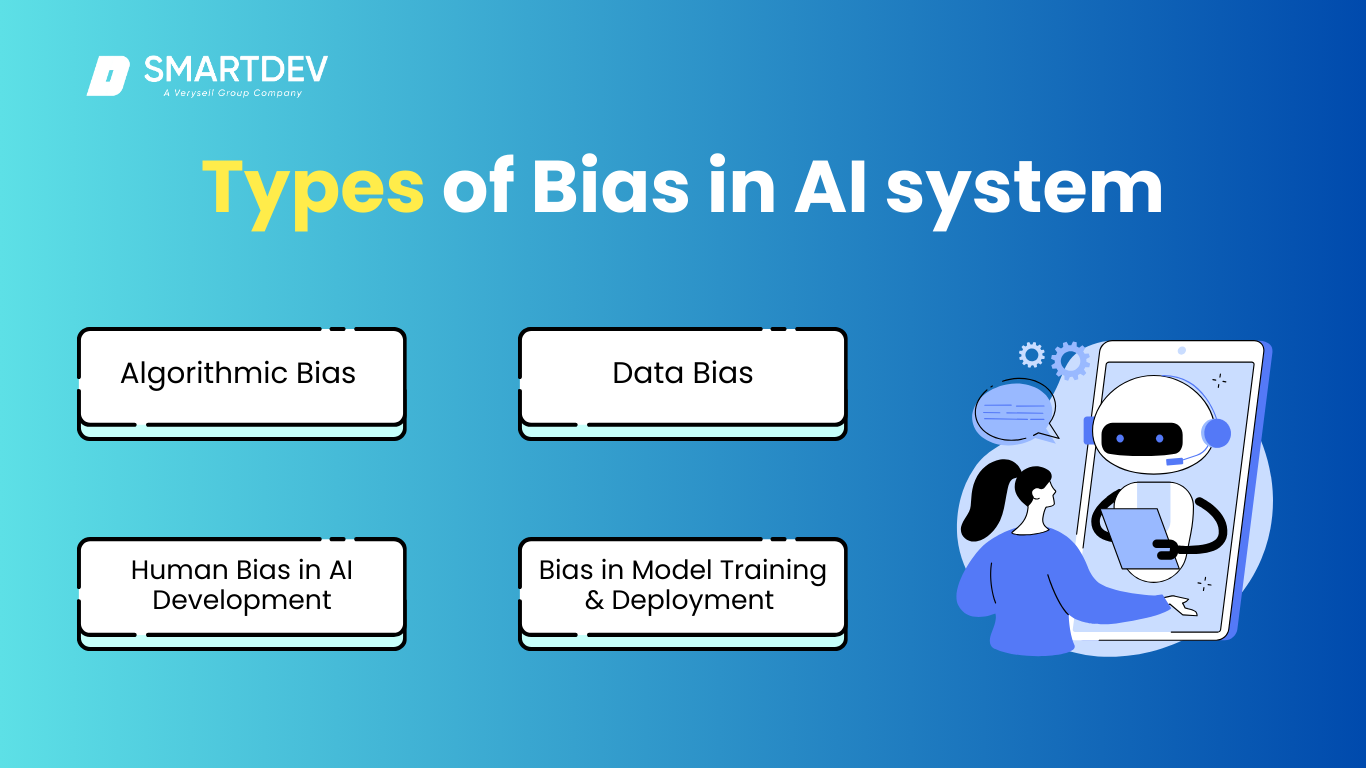In today’s fast‑moving digital world, businesses that aim to stay competitive must be agile—able to pivot quickly, automate smartly, and scale efficiently. Traditional manual processes and rigid systems no longer suffice. That’s where AI-driven automation becomes a transformational lever. Far beyond basic rule-based workflows, AI-powered automation infuses intelligence into processes, enabling predictive decisions, proactive problem-solving, and continuous optimization. The result? Greater business agility, operational efficiencies, and an elevated user experience.
This in-depth exploration demonstrates how companies—whether small or enterprise—can leverage AI automation across operations, customer experience, workflows, and decision-making. We’ll trace real-world use cases, architectural patterns, implementation tips, and governance strategies. By adopting AI-driven automation wisely, organizations foster innovation, improve responsiveness, and stay resilient.
Why AI-Driven Automation Matters for Business Agility
Traditional Automation Falls Short
Earlier automation focused on rote repetition—data entry, email routing, and invoice processing. These systems were brittle, lacking intelligence, and unable to adapt when exceptions arose. Any deviation requires manual intervention.
Intelligence, Not Just Automation
AI-driven automation brings learning, adaptation, and predictive power. Instead of only executing steps, systems can predict demand, flag anomalies, route exceptions intelligently, and self-optimize. This empowers businesses to anticipate change rather than react.
Key Benefits at a Glance
- Speed: Automated workflows reduce turnaround times from days to minutes.
- Scalability: AI adjusts resource use as volumes fluctuate.
- Consistency: Automated logic ensures uniform execution even in complex scenarios.
- Predictive Maintenance & Insights: Systems catch trends before failures occur and surface decision signals early.
- Improved Customer Experience: Faster resolution, personalized service, real‑time responsiveness build trust.
Core Use Cases Across the Enterprise
1. Customer Support and Service Automation
AI bots—powered by NLP and context-aware responses—resolve common issues instantly. Chatbots use resumes to answer product questions, while support routing engines intelligently forward unresolved issues to agents with relevant skills. Sentiment analysis flags frustrated customers, triggering proactive outreach.
2. Sales and Marketing Automation
Machine learning models forecast lead scoring and customer churn. AI automates email personalization, multi-channel outreach, and deal prioritization inside CRMs—helping sales teams focus on high-probability conversions, supported by dynamic content tailored to buyer profiles.
3. Finance and Accounting
Invoices and receipts get automatically extracted and validated through AI-based OCR and anomaly detection. Expenses, POs, and approvals chain themselves within ERP systems. Forecasting, cash-flow models, and budget variance triggers run continuously as the business changes.
4. Supply Chain and Operations
AI algorithms predict demand based on market data, weather, and seasonality. Procurement orders adjust themselves, logistics routes optimize for cost and time, and replenishment triggers are based on real‑time consumption. AI even predicts delays or failures, enabling intervention before disruption hits.
5. HR and Talent Management
AI connects employee skills with projects via smart recommendations. Onboarding workflows adjust dynamically—for example, new joiners receive tailored learning paths. Attrition forecasting tools trigger engagement interventions and help retain critical talent.
Building Blocks of AI-Driven Automation
Data Pipeline & Feature Store
Reliable automation relies on clean, consistent data. Systems ingest real-time events, transactional history, and external signals. A feature store provides reusable, versioned inputs to models and automations, ensuring repeatability and traceability.
AI Models and Workflows
Automation logic leverages predictions or classifications from ML models. Examples:
- A sales scoring model outputs probability, feeding into automated follow-up sequences.
- An invoice classifier routes payments to approval teams based on thresholds.
- A supply chain demand predictor triggers reorder workflows programmatically.
Integration Layer: API-driven Orchestration
AI replaces manual decision nodes with API endpoints initiated within workflow engines (Camunda, Temporal, Airflow). Workflows trigger orchestration, branching logic, messaging, or corrective actions automatically.
Monitoring, Feedback, and Retraining
Critical for continuous improvement: redundant monitoring tracks both prediction performance and business impact. When drift or error thresholds are breached, alerts trigger retraining cycles. Dashboards visualize model accuracy, exception rates, and cost savings.
Implementing AI Automation for Business Agility
Define Objectives and Prioritize
Start with high-impact workflows—customer-facing or cost centers. Use measurable KPIs like turnaround time, customer satisfaction, or cost saved. Begin with limited-scope pilots before scaling.
Choose the Right Tools
- Cloud services: AWS SageMaker, Azure ML, Google Vertex AI for model deployment and automation-triggerable endpoints.
- Orchestration: use Workflow engines like Temporal, Apache Airflow, or homegrown schedulers that trigger AI-based branches.
- Monitoring: Prometheus, Grafana, MLflow for lineage, model evolution, and operational metrics.
Ensure Data Ethics and Governance
AI decisions must be explainable and auditable. Log every decision, retraining job, and exception rationale. Address bias in data and provide human override workflows.
Performance and SLAs
Set latency budgets—decisions often need to occur in sub-second windows. Tune autoscaling and caching of predictions to meet performance under stress.
Security and Privacy Integration
Encrypt models and features containing sensitive data. Apply access controls to predictive services and audit access logs. Automated data pipelines should respect data retention policies and anonymization requirements.
Measuring Impact and ROI
Key metrics to evaluate automation:
- Cycle Time: Days (manual) down to minutes or seconds.
- Throughput Improvement: Increased volume processed per time period.
- Error Reduction: Fewer manual corrections, exceptions, or customer escalations.
- Cost Savings: Labor hours saved, errors prevented, infra efficiency.
- Customer Experience Gains: Faster response times, reduced ticket escalations, higher satisfaction scores.
Annual ROI in AI automation can range between 20–40% of transformed process costs—especially in finance, support, and logistics.
Challenges and Mitigation Strategies
Change Resistance
Teams may resist automation. Mitigate by involving domain SMEs in design, starting with assistive roles before full automation, and emphasizing augmentation—not replacement.
Data Quality Gaps
Older systems may lack structured data. Remedy with automated enrichment, logging instrumentation, and incremental cleanup.
Complex Exception Handling
Not all cases fit predictions. Build fallback paths and ensure human review gates for unusual or high-risk scenarios.
Model Drift
Continuous retraining is vital. Monitor input data distribution, performance degradation, and retrain regularly—with safeguards for rollback.
Real-World Scenarios
- A retail chain automates replenishment: AI predicts stockouts, generates orders, and triggers alerts—all with zero manual action.
- A fintech platform reduced support costs by 50% via chatbots, sentiment detection, and escalation routing based on customer tone.
- A healthcare provider uses AI to triage claims or appointments: patients receive dynamic care recommendations and scheduling without staff overhead.
- A logistics company uses route optimization and vehicle dispatch automation—saving fuel, improving delivery times, and reducing driver burden.
Why Partner with Moon Technolabs for AI-Driven Automation
Moon Technolabs is an experienced provider of enterprise automation projects powered by artificial intelligence:
- Deep expertise in data engineering, feature store setup, model building, and operationalizing AI-driven workflows.
- Full-stack delivery: UI/UX for process dashboards, backend orchestration, ML pipelines, and observability.
- Industry experience in retail, finance, healthcare, support systems, and manufacturing.
- Robust AI governance and compliance architecture to ensure explainability, auditability, and fairness.
- Supportive DevOps pipeline enabling continuous model updates, real-time monitoring, and system resilience.
They help organizations move swiftly from pilot to scale—unlocking agility and intelligent execution across the enterprise.
Conclusion
AI-driven automation is more than a tool—it’s a strategic capability. By infusing intelligence into workflows, organizations can respond faster, make better operational decisions, and improve customer experiences—all while optimizing resources.
Businesses that invest in AI automation gain agility, resiliency, and a competitive edge. But realizing that vision requires thoughtful architecture, strong governance, and measurable goals. With expert partners like Moon Technolabs, companies can build automation systems that are not only efficient—but also adaptive, transparent, and future-proof.



